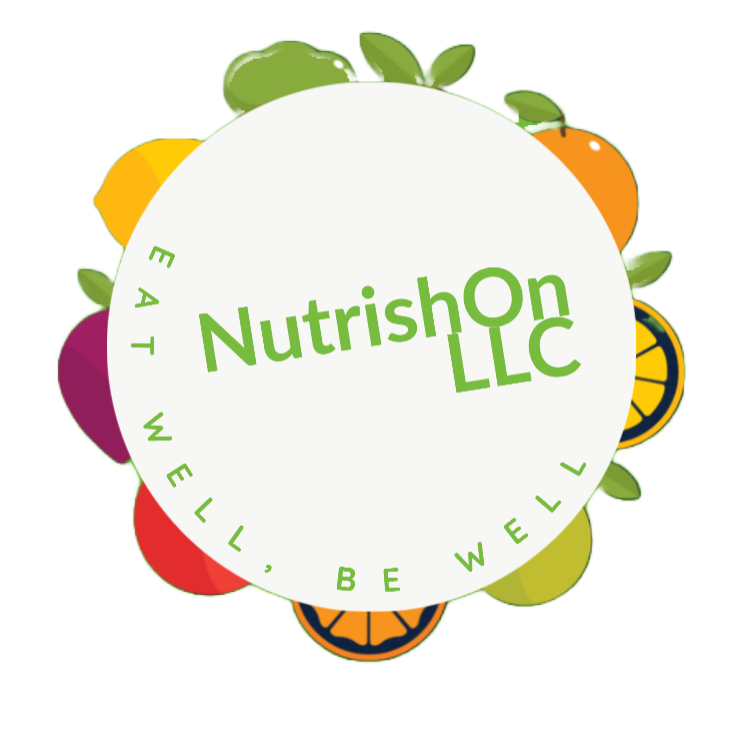Embracing the Flavors of Fall: Nutrient-Dense Produce to Add to Your Menu this Season
Autumn is in full swing…the air is crisp, the leaves are changing, and fall produce is at its peak. That means all the gourds, sweet potatoes, kale, pears, parsnips, and cranberries! As a Registered Dietitian Nutritionist I know what that means…these seasonal harvests provide an abundance of vitamins, minerals, and dietary fiber and are not to be overlooked when planning your menu this season!
Pumpkin
Pumpkin is packed with dietary fiber and beta-carotene, which gives it its vibrant orange color. One cup of pumpkin provides 30 calories, 11% of your daily recommended intake of potassium, 10% of the daily recommended intake of Vitamin C, and more than 200% of your daily recommended intake of beta-carotene. Beta-carotene is converted into vitamin A in the body, benefiting the skin and eyes.
Spaghetti Squash
Spaghetti squash is vegetable that is as fun as its name implies; you can cut one in half and scoop out the seeds before microwaving it or roasting it in the oven till tender to provide a tasty, healthy, gluten-free alternative to traditional pasta. When the cooking is completed all you have to do is scrape a fork into the flesh and spaghetti-like strands appear! One cup of spaghetti squash provides roughly 40 calories, 2.2 grams of dietary fiber, and is a good source of Vitamin A, Vitamin B6, and manganese. My favorite way to enjoy spaghetti squash is to roast it then arrange meat sauce and cheese in it like you would a traditional lasagna.
Beets
Beets are entirely edible from their roots to their leafy green tops; their leaves are similar to spinach and can be prepared in a similar way. Beets can be found in the typical red variety in the grocery store, or in golden or bull’s blood varieties. Beets are a source of naturally occurring dietary nitrates which may help support healthy blood pressure as these nitrates can be converted to nitric oxide in the body which relaxes then widens arteries, allowing for optimal blood flow. Beets can be eaten raw or simply roasted; roasting them makes it easy to remove the skins. One cup of beets provides 60 calories, 12% of the daily recommended value of potassium, 3.8 grams of fiber, 11% of the daily recommended value of Vitamin C, and 6% of the daily recommended value of iron.
Sweet Potato
Sweet potatoes are rich in dietary fiber and Vitamin B6, as well as being a good source of potassium and Vitamin C. One cup of sweet potatoes provides 4 grams of dietary fiber, 12% of the daily recommended value of potassium, 15% of the daily recommended value of Vitamin B6, and 5% of the daily recommended value of Vitamin C. Sweet potatoes are a really versatile vegetable; they can be made roasted into fries, mashed like potatoes, incorporated into waffles or other baked goods…the possibilities are endless!
Kale
Kale is one of those vegetables we hear about time after time. Kale offers a variety of nutrients, while being very low in calories per serving. One cup of raw kale has only 8 calories, 6% of the daily recommended value of Vitamin A, 22% of the daily recommended value of Vitamin C and 68% of the daily recommended value of Vitamin K, as well as 8% of the daily recommended value of manganese. Kale is another vegetable that can be used in a great variety of ways; it can be added to soups, salads, smoothies, or it can be simply sauteed with a little oil and garlic and served as a side dish.
Pears
Believe it or not, pears are the most delicious in the fall when they're at their peak—despite being available year-round. One medium-sized pear offers 100 calories, 6% of the daily recommended value of Vitamin C, 4% of the recommended daily value of potassium, and when eaten with the skin on, it has 6 grams of dietary fiber. Pears can be eaten by themselves, or they can be included in salads, or cut up and added to pies and other baked goods.
Parsnips
Parsnips are carrots cousins; they are a similar vegetables but they have white flesh instead of orange and provide a sort of licorice flavor to them. Parsnips are normally eaten cooked, but you can eat them raw as well. One-half cup of cooked parsnips is provides 3 grams of dietary fiber, and more than 10% of the daily values of vitamin C and folate. They can be roasted with other root vegetables, thrown in soups or stocks, or prepared in a medley with rainbow-colored carrots.
Cranberries
Cranberries are among my favorite fall harvests. One cup of raw cranberries provides 46 calories, 4 grams of fiber, 25% of the daily recommended value of Vitamin C, 16% of the daily recommended value of manganese, about 6% of the daily recommended value of Vitamin K, and more! These babies are packed with nutrients and are not to be missed out on! I love to make a fresh cranberry sauce to add to my overnight oats every morning.
Embrace the full swing of autumn! The air is crisp, the leaves are changing, and fall produce is at its peak. It's the season for gourds, sweet potatoes, kale, pears, parsnips, and cranberries! As a Registered Dietitian Nutritionist, I can't stress enough the importance of these seasonal harvests. They're bursting with vitamins, minerals, and dietary fiber. Don't miss out on incorporating them into your menu this season!
